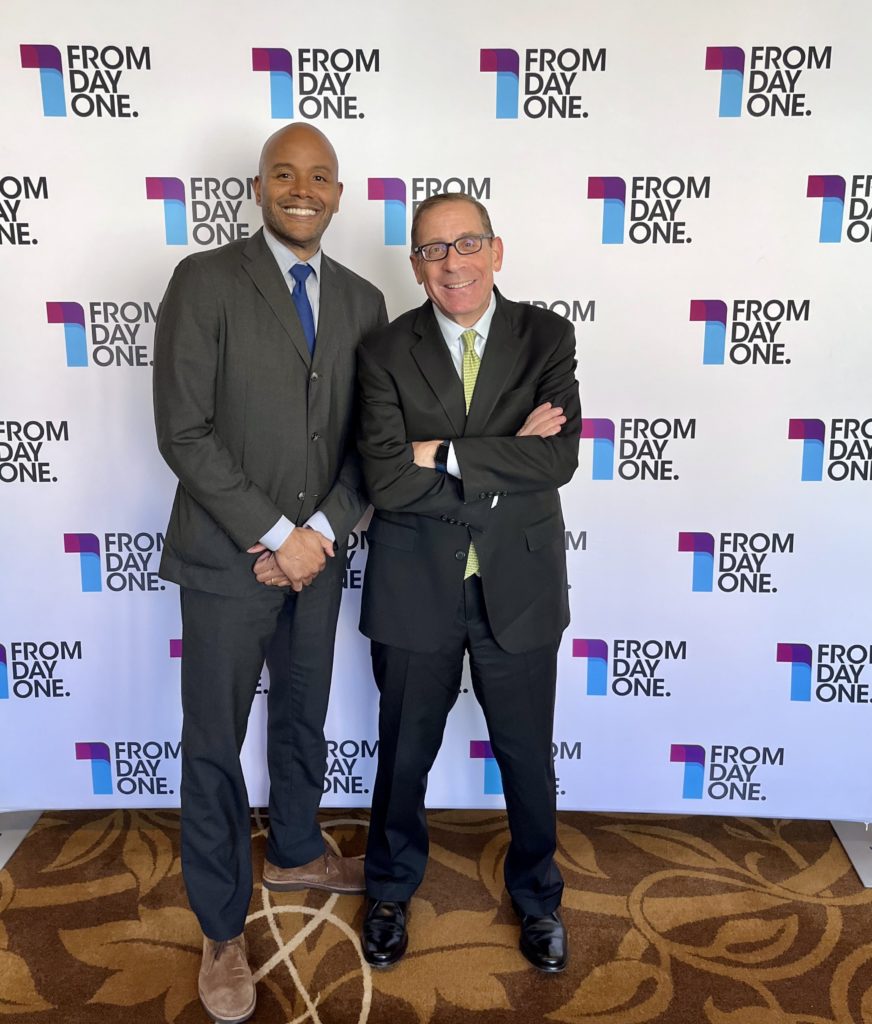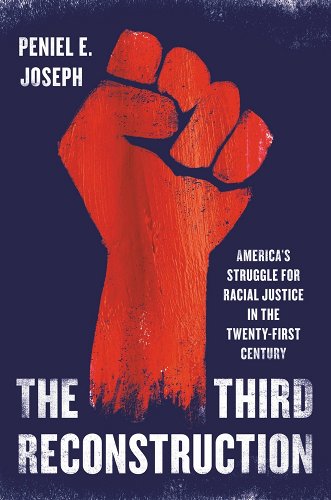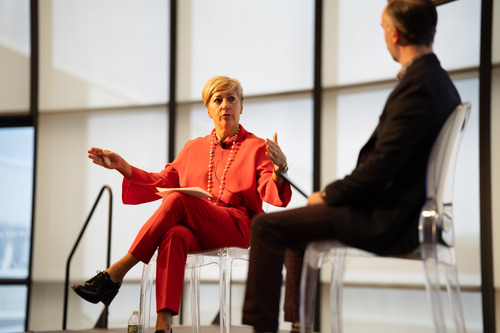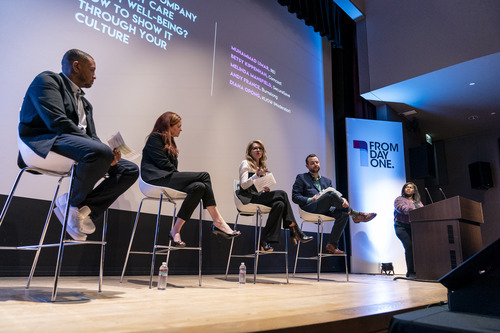The Latest Word on Benefits to Help Employees Thrive Personally, Physically, and Financially
The biggest distinction that Sandi Stein, managing director, and global head of total rewards at the financial-planning firm Brown Brothers Harriman makes for benefits is ‘uppercase B’ and ‘lowercase b’ benefits. An example of the lowercase benefits is food, she says. “Instead of trying to bring people into the office, try to use food to keep people in,” she told Wall Street Journal columnist Callum Borchers at From Day One’s Boston benefits event.In the past couple of years, employers had to be particularly generous on the benefit front to attract top talent, but now that the labor market is not as tight and competitive, employers have more leverage. “We don’t think about taking stuff away,” said Stein. “There are many employers here that might have tightened their belts. That’s not the way we’ve approached things.”Stein always goes back to the place in terms of benchmarking to understand prevalence. “That’s how we get things done,” she says. “There have been years where I have been trying to implement certain benefits where benchmark data would suggest we should, and it was not so easy with respect to costs or concerns about cost.”Relevant areas for capital ‘B’ benefits include flexible work arrangements, mental health benefits that allow access to high-quality providers, family planning resources, and more. “Another important area is PTO,” Stein said. Brown Brothers Harriman even offers paid caregiver days, separate from childcare.Sandi Stein was interviewed by Callum Borchers of the Wall Street JournalSomething related to flexibility is still a work in progress. They offer flexibility through small but impactful ways, like scheduling walking meetings or setting meetings for 25 or 50 minutes, she says. This allows people a break to move their laundry from washer to dryer, or get something to eat, she says. “[These efforts are] happening within particular teams, not coming from the top.”Stein says still has some ingrained behaviors. “I feel obligated to respond to an email that comes in at 9:30 pm., I wake up in the morning, as I did today, with an onslaught of emails from Europe and Asia. We have not found the secret sauce,” she says. “But it’s great to see other employers actually walk the walk and do that. They’re really demonstrating the commitment to allowing employees to have boundaries, not something we’re great at,” she said.Stein still places a lot of importance on being seen. “Relationships matter. [In remote workplaces], you don’t get the same benefit in terms of in-person collaboration.” She has someone on her team who has about a two and a half hour commute one way. “She was in the office yesterday. And I know she’s going to be in the office tomorrow,” said Stein. “It’s breaking my heart, but she’s got some high visibility meetings that she does not want to be remote for. She understands the importance of in-person meetings and being seen.”This also brings up the importance of mentorship. “We’ve had mentorship programs, there's a lot of good to it. And certainly, pairings don’t always match,” she said. “I don't know that having a formal mentorship program has the desired outcomes. So we’re doing this thing called Coffee Connections, which brings people together.” They have been more successful with employee resource groups and business resource groups. “That provides them with opportunity in terms of visibility” and it’s more organic, she says.“You can sometimes pop in and pop out, versus a more structured program.”Physical wellness is another focal point. Companies historically offered wellness programs, such as a discount on a gym membership or a nutrition program. Now, employees are starting to clamor for more cutting-edge treatments like Ozempic and Wegovy. “This is a very interesting area,” she said. “We cover drugs as treatments, where there’s no assurance that the treatment will actually lead to that desired state. So you really need to think about this as an employer.”Wellness programs are more challenging than they seem, she says. “I think we all recognize that our wellness programs really are focused on changing behavior, and if changing behavior were easy, we would all do it,” she said.Angelica Frey is a writer and a translator based in Boston and Milan.






